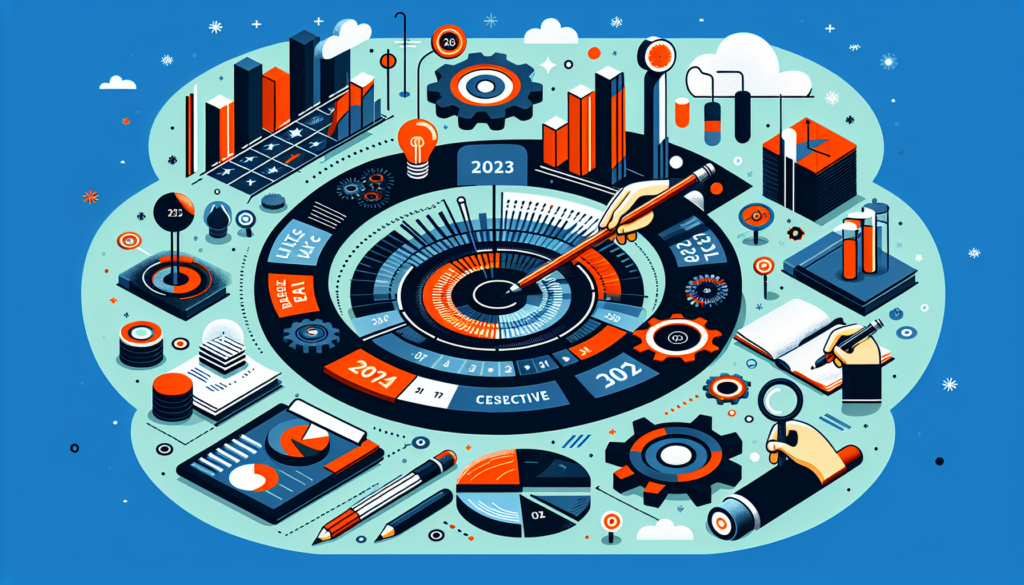In the universe of data analysis, the tool landscape evolves rapidly to meet the increasing demands for agility, computational power, and refinement in insight extraction. In 2023, selecting the optimal data analysis tools depends on a myriad of factors, including compatibility with big data, machine learning capabilities, ease of use, and integration with database management systems and collaborative work platforms. This article delves into the apex of data analysis, revealing those tools that have not only defined the current landscape but also set new standards for advanced information analysis.
Predictive Analytics and Machine Learning Tools
Python and its libraries: Python continues to be the language of choice for data analysis, largely due to its simplicity and powerful libraries like Pandas for data manipulation, NumPy for mathematical operations, Scikit-learn for machine learning, and TensorFlow and PyTorch for deep learning.
R and CRAN packages: R, specifically aimed at statisticians and data scientists, benefits from an extensive collection of packages from the Comprehensive R Archive Network (CRAN), which provide advanced tools for statistical modeling and data analysis.
AutoML Tools: Solutions such as Google Cloud AutoML, AWS SageMaker Autopilot, and DataRobot have simplified the process of building and deploying machine learning models, democratizing access to artificial intelligence technologies.
Big Data Analytics Platforms
Apache Spark: In the realm of distributed processing, Apache Spark stands out for its speed and ability to handle real-time streaming tasks, in addition to its MLlib machine learning library.
Hadoop: Although older, Hadoop continues to be relevant, especially for companies needing an economical and scalable system for data storage and processing through its ecosystem of modules.
Business Intelligence (BI) Solutions
Tableau: Widely recognized for its intuitive interface, Tableau leads in data visualization, allowing users to create dynamic and collaborative dashboards with its integration with Tableau Server and Online.
Microsoft Power BI: As part of the Microsoft ecosystem, Power BI is robust in analytics and offers seamless integration with other Microsoft products like Azure, SQL Server, and Excel.
Qlik: Qlik Sense focuses on in-memory processing to deliver interactive and personalized analysis, using its own associative indexing technology (QIX engine).
Database Management Systems
SQL-based systems: Relational databases like PostgreSQL and MySQL continue to be fundamental when data integrity and structuring is a priority, and they now incorporate NoSQL features to handle semi-structured data.
NoSQL databases: NoSQL databases, such as MongoDB and Cassandra, are preferred for scenarios with large volumes of unstructured data, providing scalability and flexibility.
Cloud Analytics and Integrated Platforms
AWS Analytics: Amazon Web Services offers a comprehensive set of analytics services that work seamlessly with its storage and database services.
Google Cloud Platform: GCP provides tools like BigQuery for large-scale data analysis, and integration with AI and machine learning services.
Azure Synapse Analytics: Microsoft’s offering allows for the integration of data analytics with its extensive range of cloud services, including AI, machine learning, and BI tools.
Future Considerations and Case Studies
As we move towards a more data-oriented world, new functionalities and enhancements emerge that will influence the selection of future tools. For example, the rise of edge computing and the Internet of Things (IoT) may require tools capable of processing data in real-time at the endpoint.
A highlight case study is the use of Tableau by Airbnb to dynamically analyze reservation and demand trends. Airbnb employed Tableau to create dashboards that visualize millions of bookings, providing product and marketing teams with critical data for decision making.
In conclusion, selecting the most appropriate data analysis tool in 2023 involves considering versatility and adaptability in the face of the fast-paced rate of technological advancement. Professionals in the field must remain up-to-date and flexible in response to changes, ensuring that their choice enables them to stay at the forefront of knowledge generation from data.

